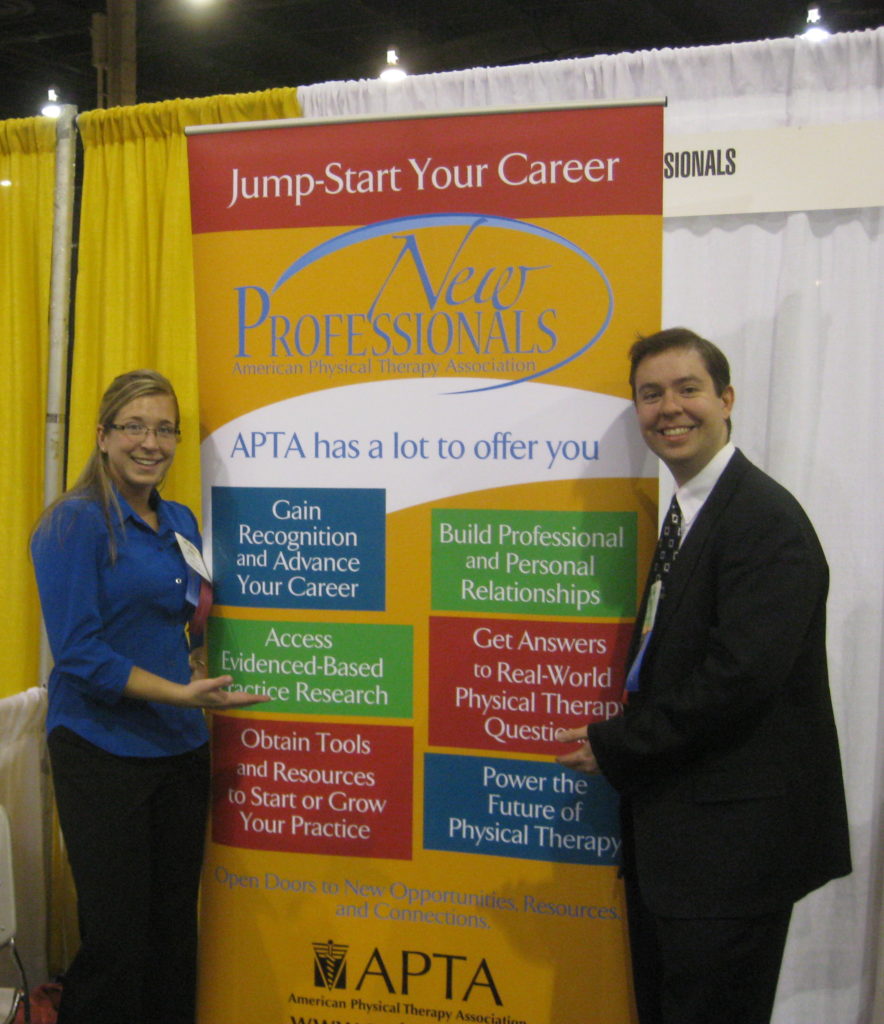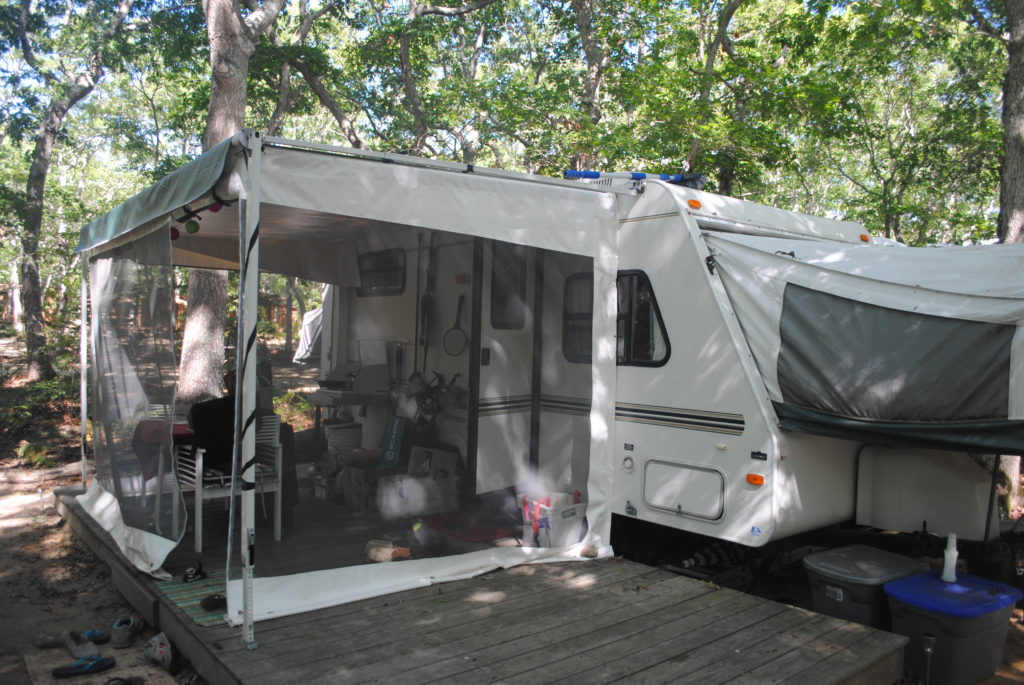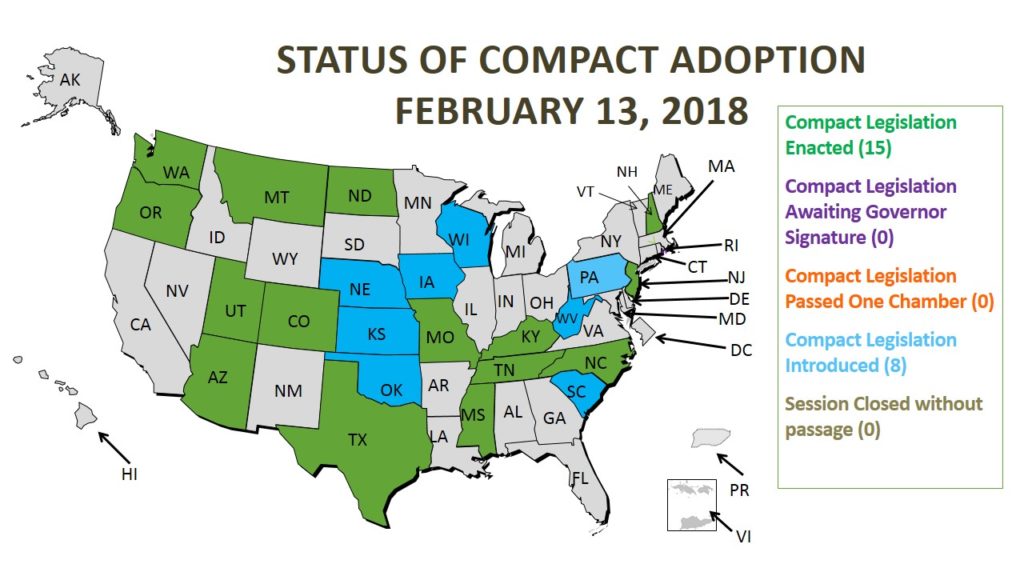Combined Sections Meeting has grown into Physical Therapy’s largest professional conference. With over 15,000 PTs, PTAs, and students expected to attend this year, there’s only so many conference centers in the US that are big enough to hold the conference. The mainstay of the conference has always been the educational programming put on by each of the APTA’s 18 Specialty Sections (Ortho, Neuro, Pediatrics, Women’s Health, etc) – hence, the name of the conference. As the conference has grown in size, so too has the schedule. Many attendees find themselves booked with official events from 6 AM to 11 PM and hopes of socializing outside of those hours. If you don’t prioritize what you choose to participate in at CSM, you will be out of gas by the time the last courses on Saturday roll around.
So, here’s a quick guide to help make the most of your time at CSM, especially if this is your first CSM and you are considering Travel PT as a career path.
Education
Education at CSM comes in three different main formats.
You have your main Education Sessions which take place in a variety of room sizes – from seating for several thousand to just several dozen. These courses are what you should build your conference experience around. Four 2-hour segments of courses are scheduled each day Thursday to Saturday, and they are presented by some of the most prominent experts in our field. If you can build yourself a schedule of the courses you would like attend, most everything else on your schedule can be fit into the cracks. Try to get to these courses early, because they sometimes completely fill up – even in rooms with a couple thousand seats. If you find yourself in a situation where the course you were planning on attending is full or the subject matter isn’t as exciting as you thought it would be, moving onto some platform presentations or the exhibit hall are good options.
Platform presentations are put on throughout the conference and separated by Specialty Section and like-minded topics. These presentation are frequently done by PT Students on their DPT research and are just 20 minutes in length – rapid fire. One presentation happens, there’s a few minutes for questions, and then new presenters start the next presentation. The platform presentations can be a great way to switch up your day and get a lot of forward-thinking research-nuggets in a small amount of time. Look into the topics and see if any time blocks of platforms pique your interest, they can be really great. I stumbled across a time-block dedicated to Global Health Service Projects a couple years ago and heard a lot of inspirational stories about PTs and Students doing fantastic work abroad.
Another form of education at CSM is Poster Presentations. Throughout the 4 days of CSM, hundreds of research articles are presented on posters in the Exhibit Hall. Generally, the researchers will be standing with their posters to walk you through the findings of their research and answer any questions you might have – lots of fascinating topics.
Exhibit Hall

You won’t be able to miss the Exhibit Hall. The hall is a huge warehouse-sized-room full of hundreds of vendors at their booths – with the poster presentations lined up in rows in the back. If you’re thinking about starting travel PT or looking for a new recruiter, look no further. There are a huge amount of travel agencies exhibiting at CSM. This is your chance to interview some of them and get a feel for each of the agencies and what their priorities are.
“Unopposed” hours are the times when there is no educational programming and thousand of people flock to the exhibit hall. While this time is fine for exploring the hall and getting some free schwag, you probably won’t get a chance to chat at any length with a recruiter you may be interested in working with. If you are serious about traveling for an agency, play hooky on an education session and return to the Exhibit Hall to chat during those less busy hours.
Receptions
The main point: You don’t have to be invited, just go.
Various APTA groups will be hosting receptions. These are a great chance to go network with people in whatever corner of PT you are interested in. Professionals love when students show up to these things – if you are a student, go. Typically, there are some free au d’oeuvres and a cash bar. Don’t forget to check if your alma mater is having a reception too. This can be a great time to catch up with old classmates and professors.
The receptions are held as a social gathering to connect people and allow them to network, if you don’t show up, you can’t connect. Go, chat with people – you might end up talking with your PT-hero or at least find others with similar interests. If you’re lucky, you might even make some new friends for life.
Social Media, Technology, and Other Events

Left to right: Me, Jeremy, Ben, Allen
What I have describe above is just the bare-bones of CSM. There are so many other meetings and events (official and unofficial) squeezed into the spaces before, after, and during the days’ programming. All of the official events can be found in the APTA Conferences App – here’s the link for the app on Google Play and for iPhone. Take some time with the app to explore what education you may want to attend and what other events may be happening during the conference that you would like to get to. There’s so much going on that it can be a bit overwhelming, but spending some time planning can help you fit the most meaningful experiences into these wildly packed 3.5 days.
A lot of events taking place in the bars and restaurants surrounding CSM can be found on social media, particularly Twitter. The most commonly used tags are #APTACSM and #APTACSM2019. Browse frequently to see what others are doing all around CSM. APTA will be putting out video updates from CSM covering current hot topics in PT and summing up the things you might have missed.
Enjoy your time in Washington, DC! If you want to chat Travel PT, I’ll be strolling around. Reach me on Twitter @hobohealth or by email at [email protected].








 The answer: I don’t know what is best for you!!!! These are personal decisions that rely on the balance of many different factors. The right assignment for you may be very different than what somebody else wants. To be successful in travel therapy, you need to be flexible where you can, but you also need to know what is important to you and pursue it. I’d like to explore a few of the factors that will play into you choosing the assignment that is (hopefully) the best one for you.
The answer: I don’t know what is best for you!!!! These are personal decisions that rely on the balance of many different factors. The right assignment for you may be very different than what somebody else wants. To be successful in travel therapy, you need to be flexible where you can, but you also need to know what is important to you and pursue it. I’d like to explore a few of the factors that will play into you choosing the assignment that is (hopefully) the best one for you.
 Pay
Pay
 In this piece, The Vagabonding DPT and HoboHealth are teaming up for the 3rd time to present to you the major red flags we look for when choosing a staffing agency or when choosing to accept a specific travel assignment. These red flags shouldn’t be treated as absolute no-no’s for taking an assignment or using specific recruiters, but they should make you pause and think, “Is this what I want in an assignment?” If you run across these red flags, your antenna should perk up and you should be asking yourself if it is the right situation for you.
In this piece, The Vagabonding DPT and HoboHealth are teaming up for the 3rd time to present to you the major red flags we look for when choosing a staffing agency or when choosing to accept a specific travel assignment. These red flags shouldn’t be treated as absolute no-no’s for taking an assignment or using specific recruiters, but they should make you pause and think, “Is this what I want in an assignment?” If you run across these red flags, your antenna should perk up and you should be asking yourself if it is the right situation for you.






